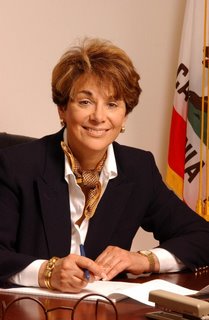Abstract: Pressure Ulcers among Elderly Patients Early in Hospital Stay
Background. Pressure ulcers among elderly hospital patients diminish quality of life and increase the cost of hospital care. Evidence suggests that pressure ulcers can arise after only a few hours of immobility. The goals of this study were to estimate the incidence of hospital-acquired pressure ulcers in the first 2 days of the hospital stay and to identify patient characteristics associated with higher incidence.
Methods. A prospective cohort study was performed between 1998 and 2001. A total of 3233 patients 65 years old or older admitted through the Emergency Department to the inpatient Medical Services at two study hospitals were examined by a research nurse on the third day of hospitalization. Pressure ulcers were ascertained using standard criteria and were classified a either preexisting, possibly hospital-acquired, or definitely hospital-acquired.
Results. There were 201 patients with one or more possibly or definitely hospital-acquired pressure ulcers for a cumulative incidence of 6.25 (95% confidence interval, 5.4% - 7.1%). Most of the pressure ulcers were stage 2, and the majority were in the sacral area or on the heels. In multivariable analysis, pressure ulcer incidence was significantly associated with increasing age, male gender, dry skin, urinary and fecal incontinence, difficulty turning in bed, nursing home residence prior to admission, recent hospitalization, and poor nutritional status.
Conclusions. A small but significant proportion of elderly emergently admitted hospital patients acquire pressure ulcers soon after their admission. New models of care may be required to ensure that preventive interventions are provided very early in the elderly person’s hospital stay.
Baumgarten, M. et al. (2006). Pressure ulcers among elderly patients early in hospital stay. Journal of Gerontology: MEDICAL SCIENCES, 61A, 749-754.
Commentary by Dana N. Rutledge, RN, PhD, Nursing Research Facilitator
Were you surprised at any of the predictors of pressure ulcers in this hospitalized elderly patients? You probably were not. Studies using the
Braden Pressure Ulcer Risk Assessment Scale confirm that problems with moisture, mobility/activity, and nutrition are all predictors of pressure ulcer development. What is new about the Baumgarten et al. study is that in 6.2% of the patients, pressure ulcers developed within 3 days of hospital admission!! Earlier studies have not specifically looked at this time interval.
What were the strengths and limitations of the study. Strengths include the large sample size, use of 2 hospitals (one in Pennsylvania, one in Oregon), the large sample of African Americans, and use of trained research nurses to evaluate the study measures. Limitations are that the study involved only a brief one-time observation of the patients and that hospital-acquired and preexisting pressure ulcers may have been somewhat misclassified.
Taking these into account, what is the take home message for the practicing nurse? Elderly patients admitted to medical units may be prone to develop pressure ulcers within 3 days of admission. Thus, given recent trends towards shorter hospital stays, the potential for breakdown is high. Nurses MUST put preventive measures into place early!!
 Pictured: Congressman Christopher Shays
Pictured: Congressman Christopher Shays











